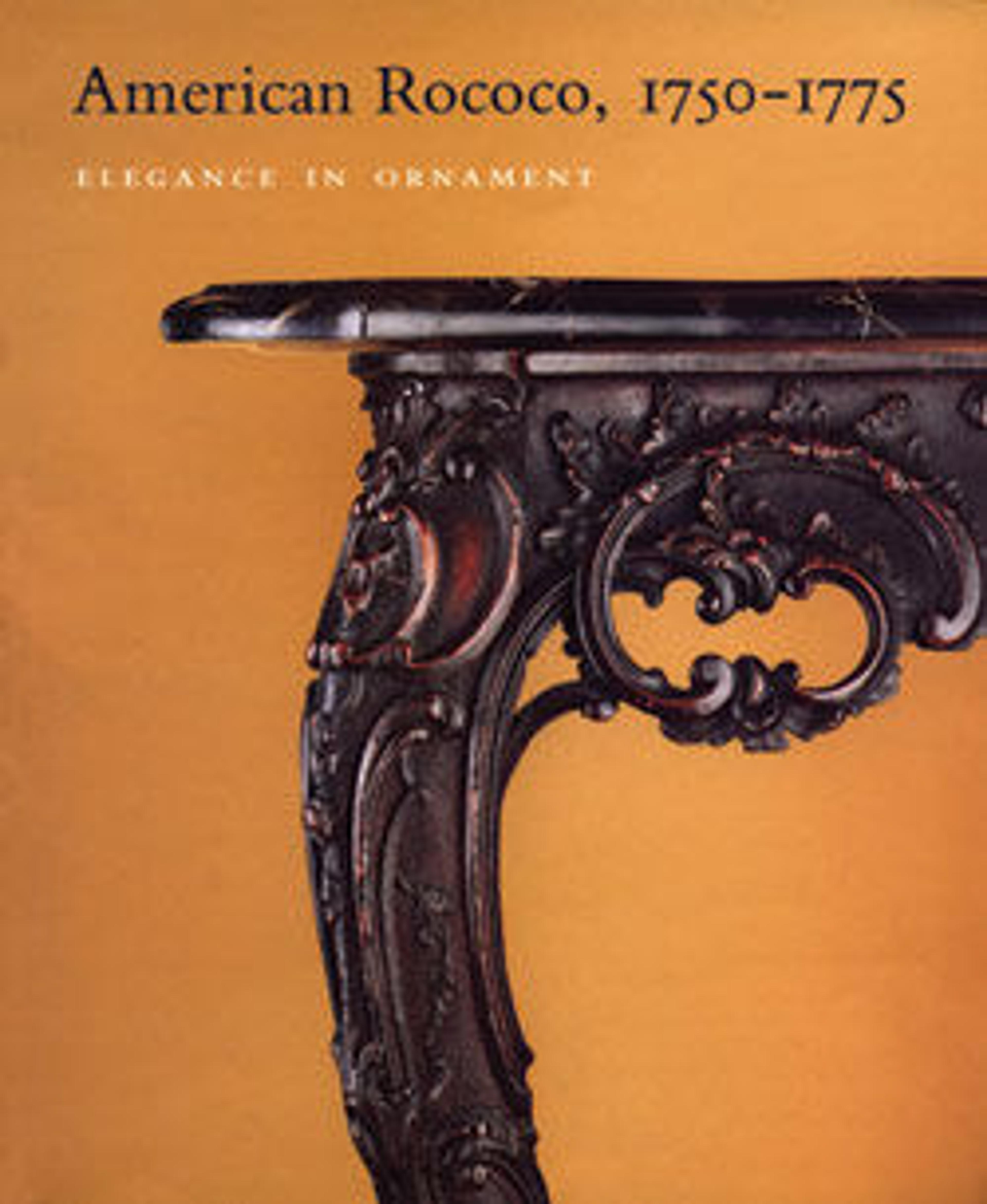Side Chair
This magnificently carved chair is part of a suite of furniture made for the Second Street house of General John Cadwalader (1742–1786), which was reputed to have the richest parlor furnishings in pre-Revolutionary Philadelphia. In its ample proportions, saddle seat, and scalloped skirts, the chair is English, but its construction and naturalistic carving are pure Philadelphia.
Artwork Details
- Title: Side Chair
- Maker: Attributed to Benjamin Randolph (American, 1737–1792)
- Maker: Possibly carved by Hercules Courtenay (American (born England), 1744–1784)
- Date: ca. 1769
- Geography: Made in Philadelphia, Pennsylvania, United States
- Culture: American
- Medium: Mahogany, northern white cedar; upholstery (modern)
- Dimensions: 37 x 22 1/2 x 23 in. (94 x 57.2 x 58.4 cm)
- Credit Line: Purchase, Sansbury-Mills and Rogers Funds, Emily Crane Chadbourne Gift, Virginia Groomes Gift, in memory of Mary W. Groomes, Mr. and Mrs. Marshall P. Blankarn, John Bierwirth and Robert G. Goelet Gifts, The Sylmaris Collection, Gift of George Coe Graves, by exchange, Gift of Mrs. Russell Sage, by exchange, and funds from various donors, 1974
- Object Number: 1974.325
- Curatorial Department: The American Wing
More Artwork
Research Resources
The Met provides unparalleled resources for research and welcomes an international community of students and scholars. The Met's Open Access API is where creators and researchers can connect to the The Met collection. Open Access data and public domain images are available for unrestricted commercial and noncommercial use without permission or fee.
To request images under copyright and other restrictions, please use this Image Request form.
Feedback
We continue to research and examine historical and cultural context for objects in The Met collection. If you have comments or questions about this object record, please contact us using the form below. The Museum looks forward to receiving your comments.
